Who was Ludwig Hirschfeld-Mack?
The collection of the Bauhaus-Archiv contains around one million items and documents on the Bauhaus and those involved with it. Every year our team discovers new works which reveal yet unknown stories about the Bauhaus. Occasionally our staff selects a newly acquired work to present to you. This time it’s a painting by Ludwig Hirschfeld-Mack.
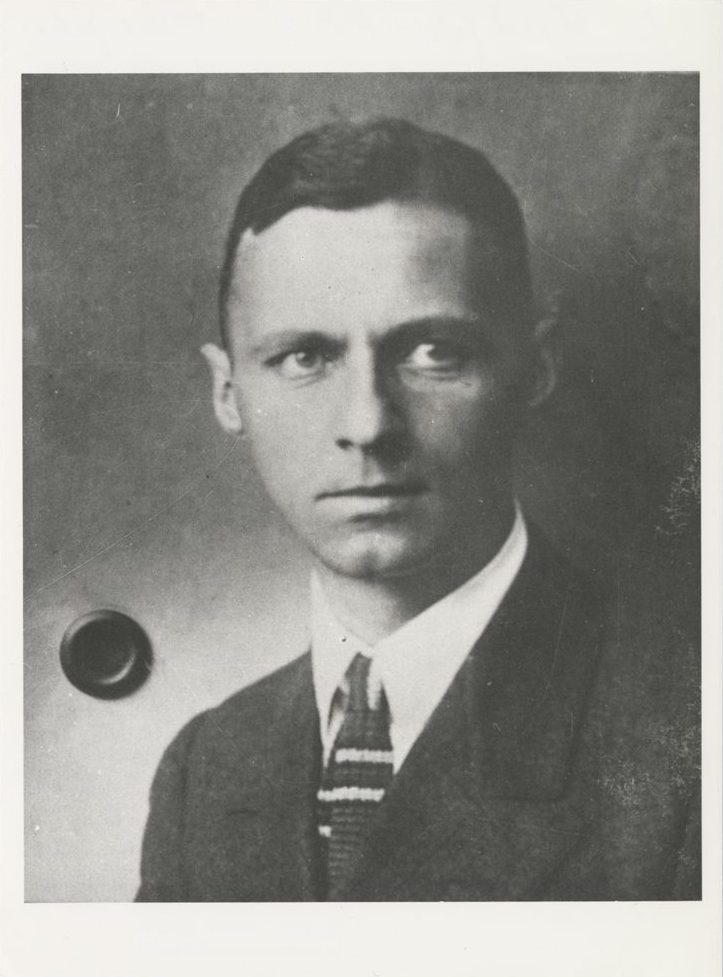
Lorem ipsum
-
In spring 2022, the Bauhaus-Archiv in Berlin purchased a set of 16 works for its collection by the Bauhaus instructor Ludwig Hirschfeld-Mack (1893–1965). These include a painting of a doll in a white dress with four colour wheels of varying sizes located diagonally where its hands and feet should be. The work combines two important aspects of Hirschfeld-Mack’s work at the Bauhaus Weimar – his interest in colours and pedagogical toys.
Lorem ipsum
The painting was created at a time when Hirschfeld-Mack initiated and independently held an extracurricular seminar for himself and his fellow students on the impact of colours and shapes. He used colour charts and wheels as teaching materials to illustrate the range of shades, mixtures and intensities of colour. He was also studying pedagogical toys around the same time. In 1924 he created the “Optical Colour Mixer”, a spinning top that taught children how colours in motion optically interact with one another.
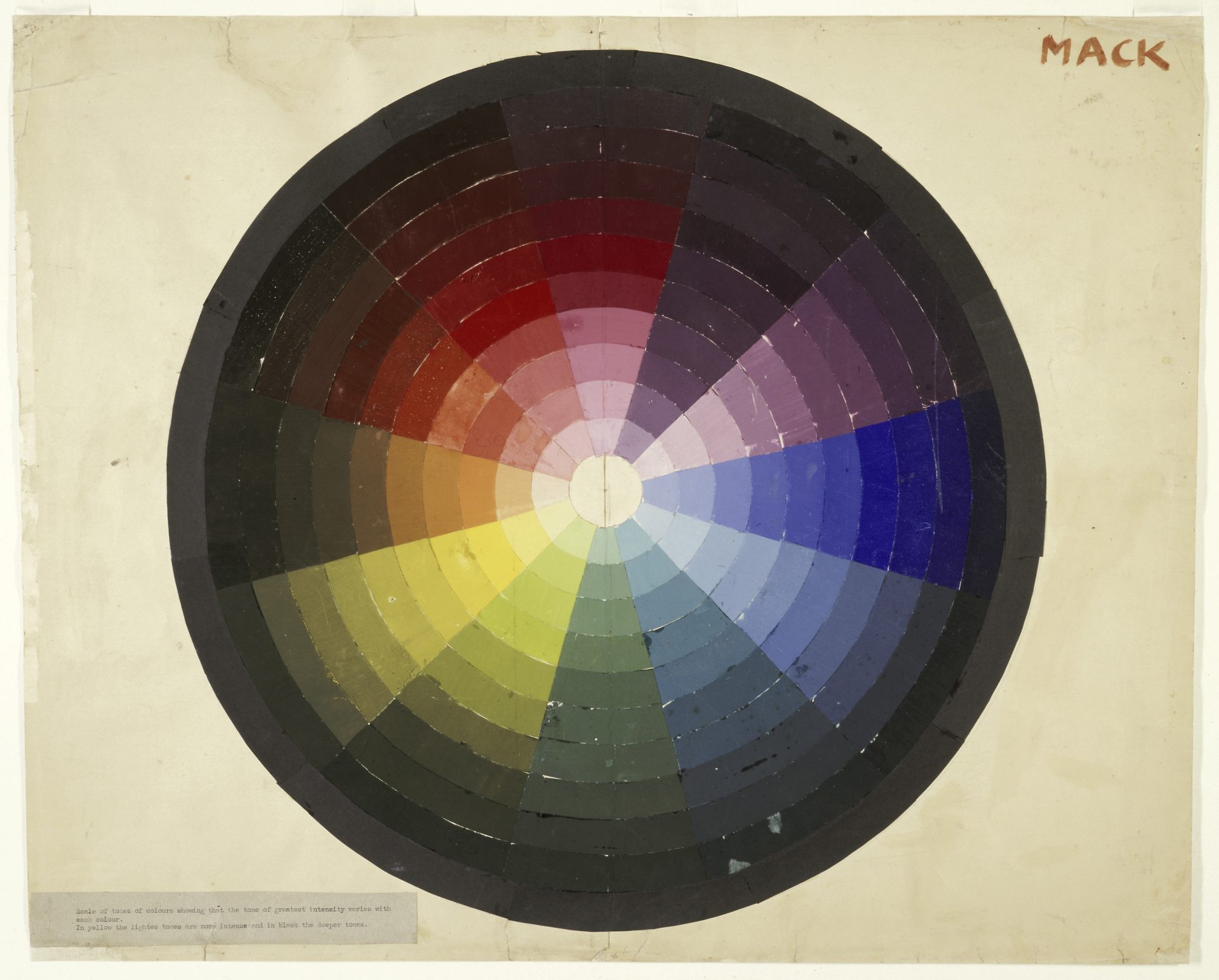
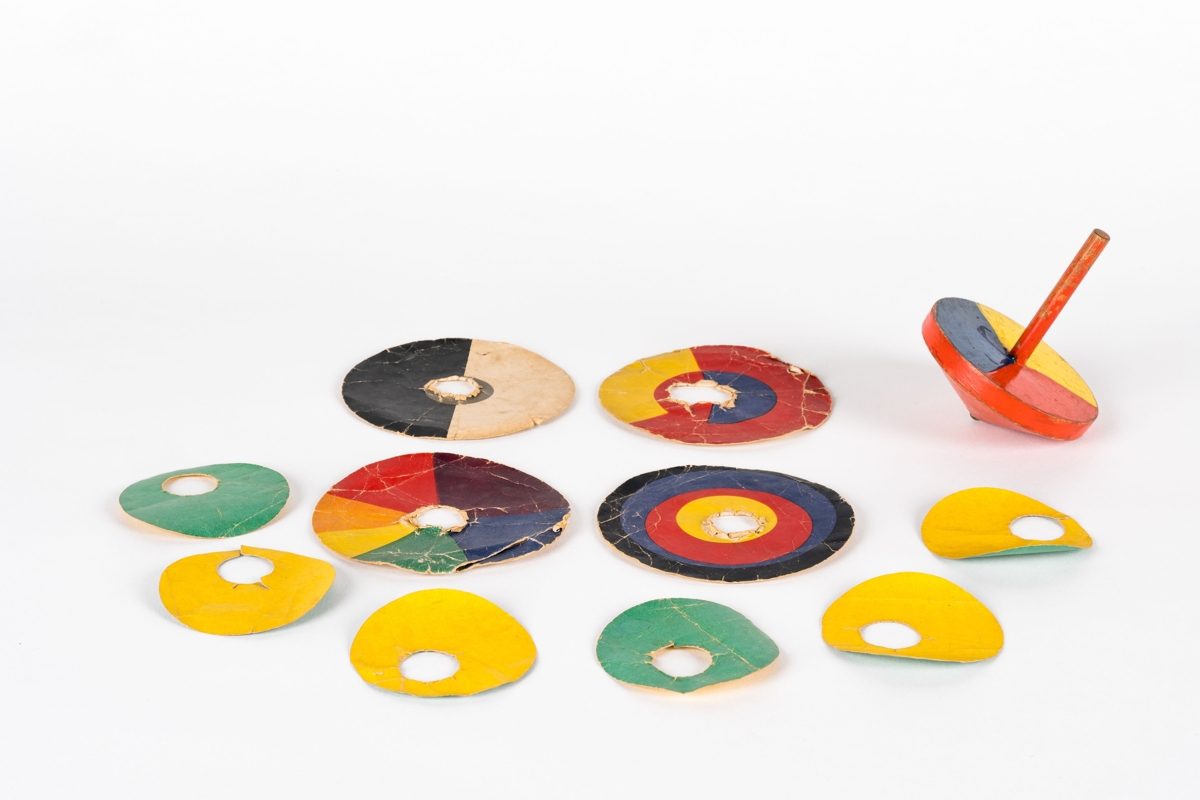
Lorem ipsum
Hirschfeld-Mack enrolled at the Bauhaus in October 1919 and became an apprentice in the printing workshop where he learned various artistic printing techniques. After earning his journeyman’s certificate, he continued working in the printing workshop as one of the teaching staff from 1921 to 1925. After his stint at the Bauhaus, Hirschfeld-Mack did not become a printer by trade, but instead pursued a career as an art instructor and continued his intensive study of the interaction of colours. He initially worked as an art instructor in Germany, including at the State College of Trades and Architecture in Weimar, and after 1936, in England. Walter Gropius and Josef Albers tried to convince him to take teaching jobs in the United States, but these overtures failed after Hirschfeld-Mack was arrested in England as an “enemy alien” in 1940. Shortly thereafter, he was deported to Australia where he was imprisoned at several internment camps during the war. After his release, Hirschfeld-Mack stayed in Australia and established himself as an artist, art instructor and director of an art school. There, he played an influential role in raising international awareness of the Bauhaus and especially Bauhaus pedagogy.
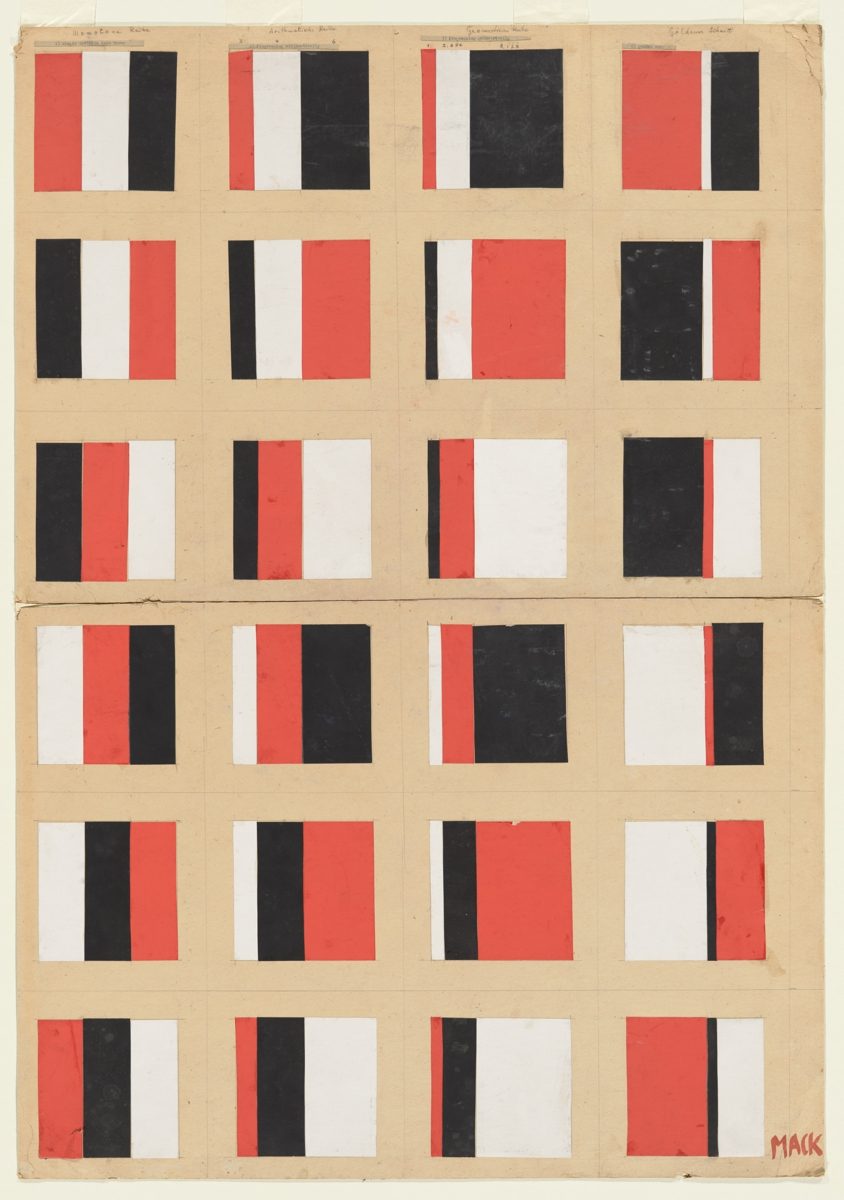
Lorem ipsum
-
Only in recent years have art historians begun to fully appreciate Hirschfeld-Mack’s importance to the Bauhaus with the publication of more extensive monographs on the artist. The Bauhaus-Archiv has been collecting works by Hirschfeld-Mack since the 1960s. However, most of these documents and graphic works were produced while he lived in Australia. The newly acquired items purchased in 2022 now expand these holdings with some key works created during his time at the Bauhaus. This marks the first time that the Bauhaus-Archiv is in a position to extensively document, study and exhibit works by Ludwig Hirschfeld-Mack.
From Our Collection
-
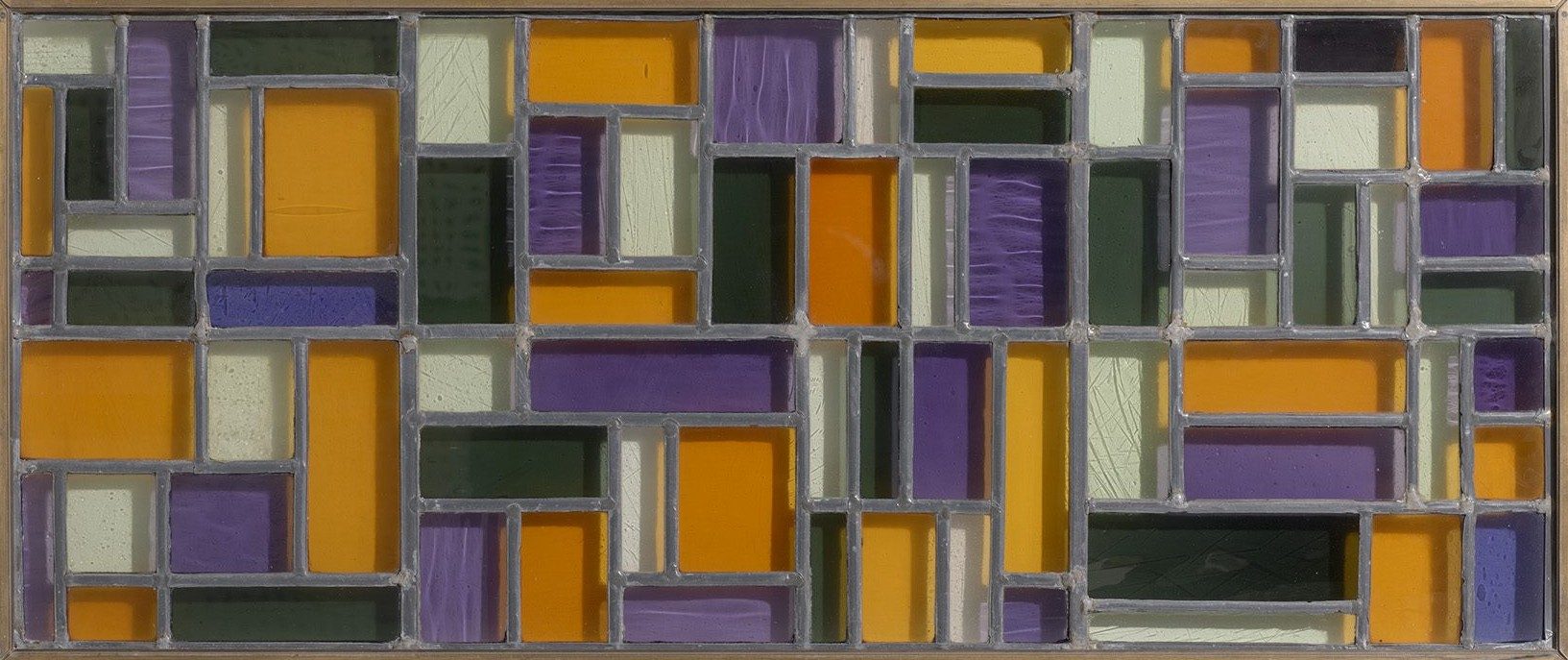
Lead glass at the Bauhaus?
Collection -
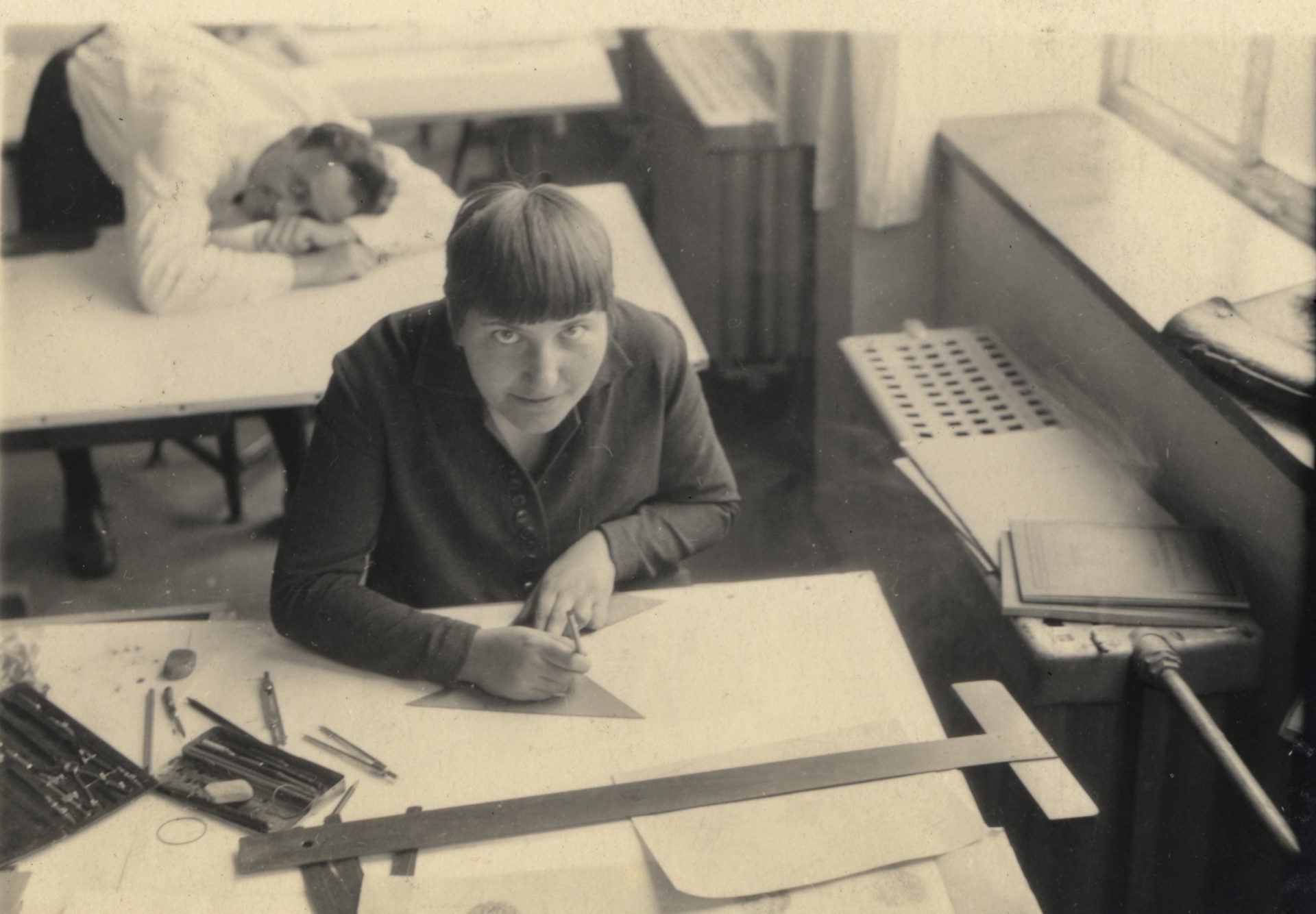
New Vision by Lotte Beese
Collection -
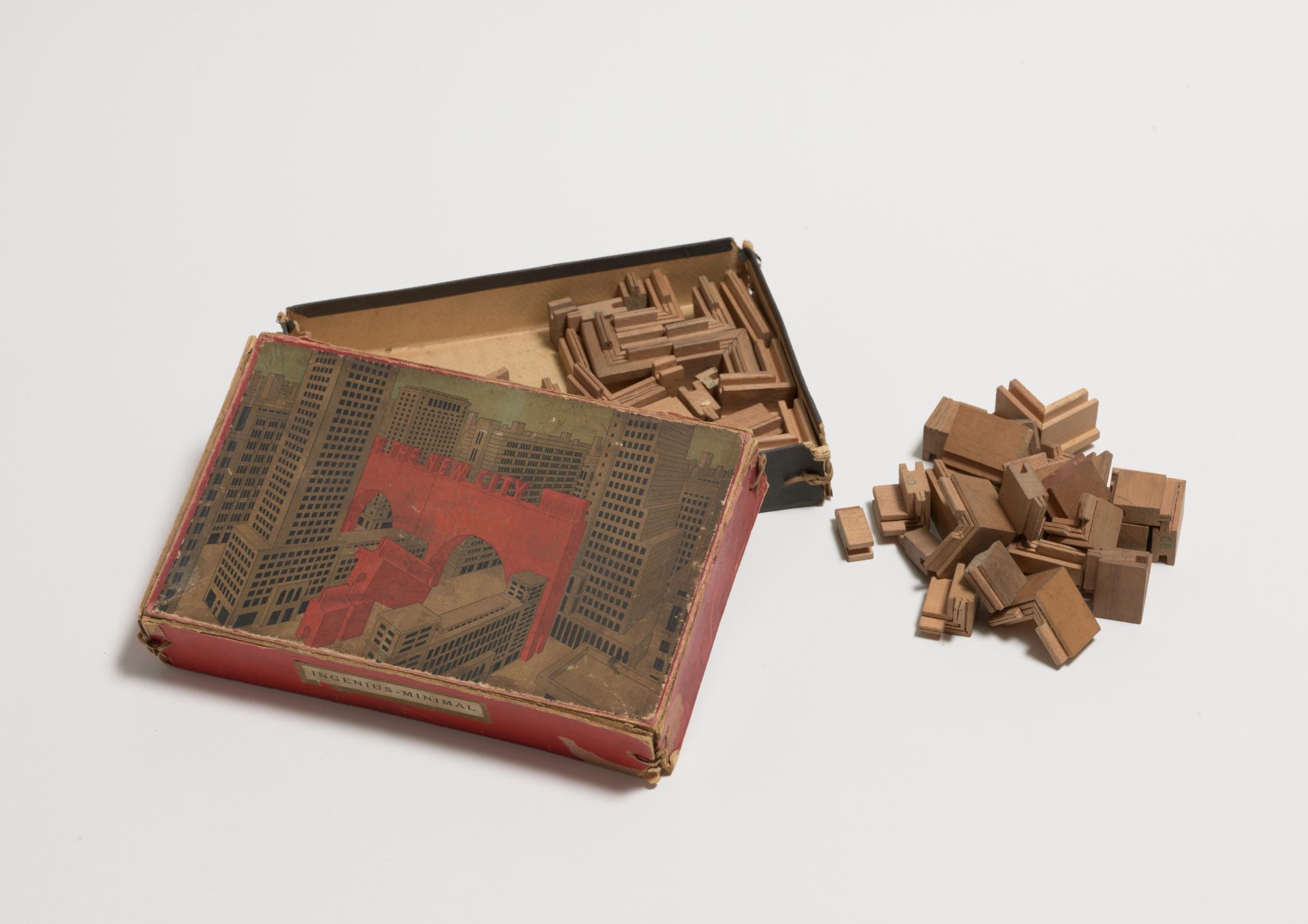
A Glimpse Into Our Collection: The Ingenius Construction Kit by Wilhelm Kreis and Carl August Juengst
Collection -
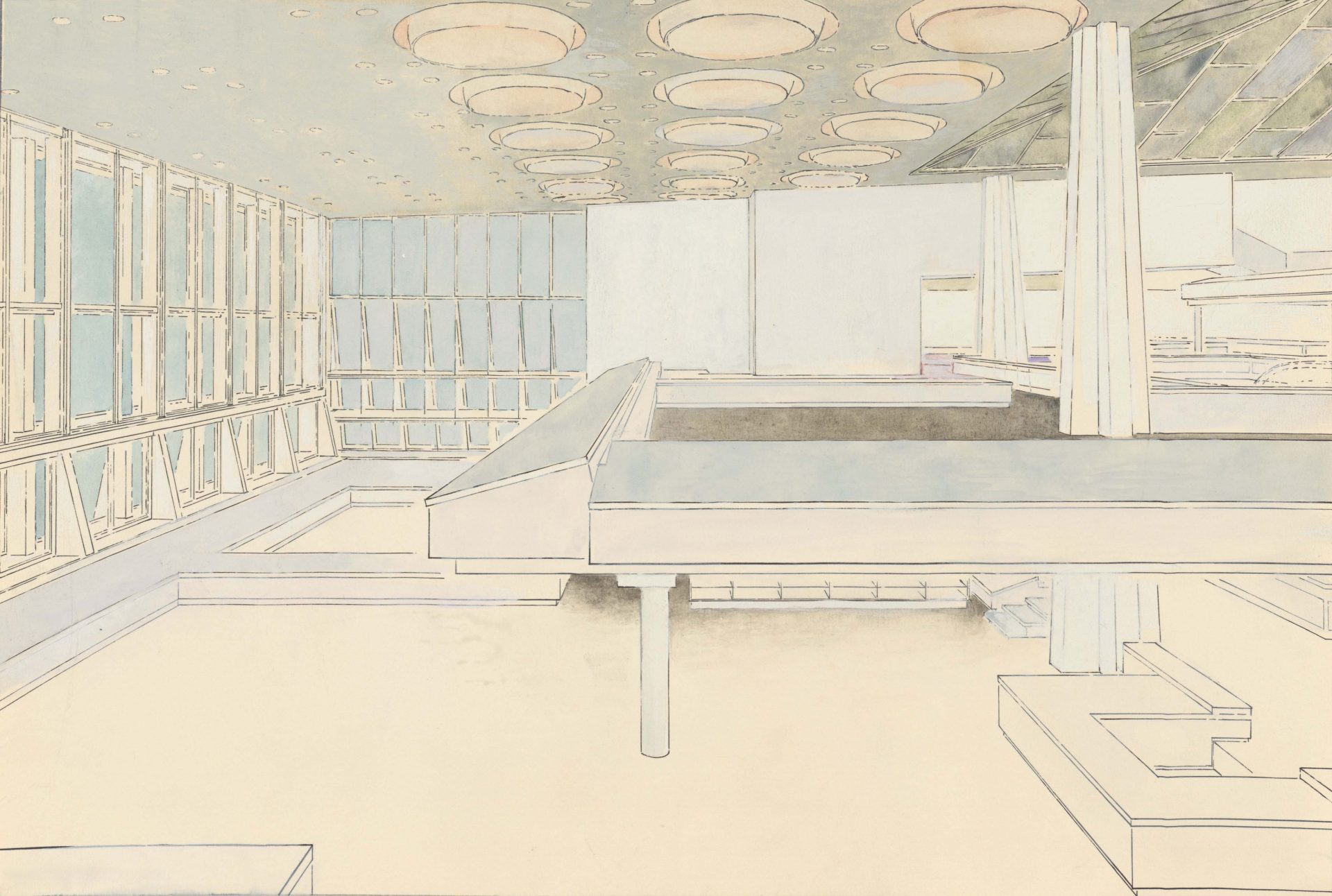
A Glimpse Into Our Collection: Lou Schepers’ Estate
Collection -
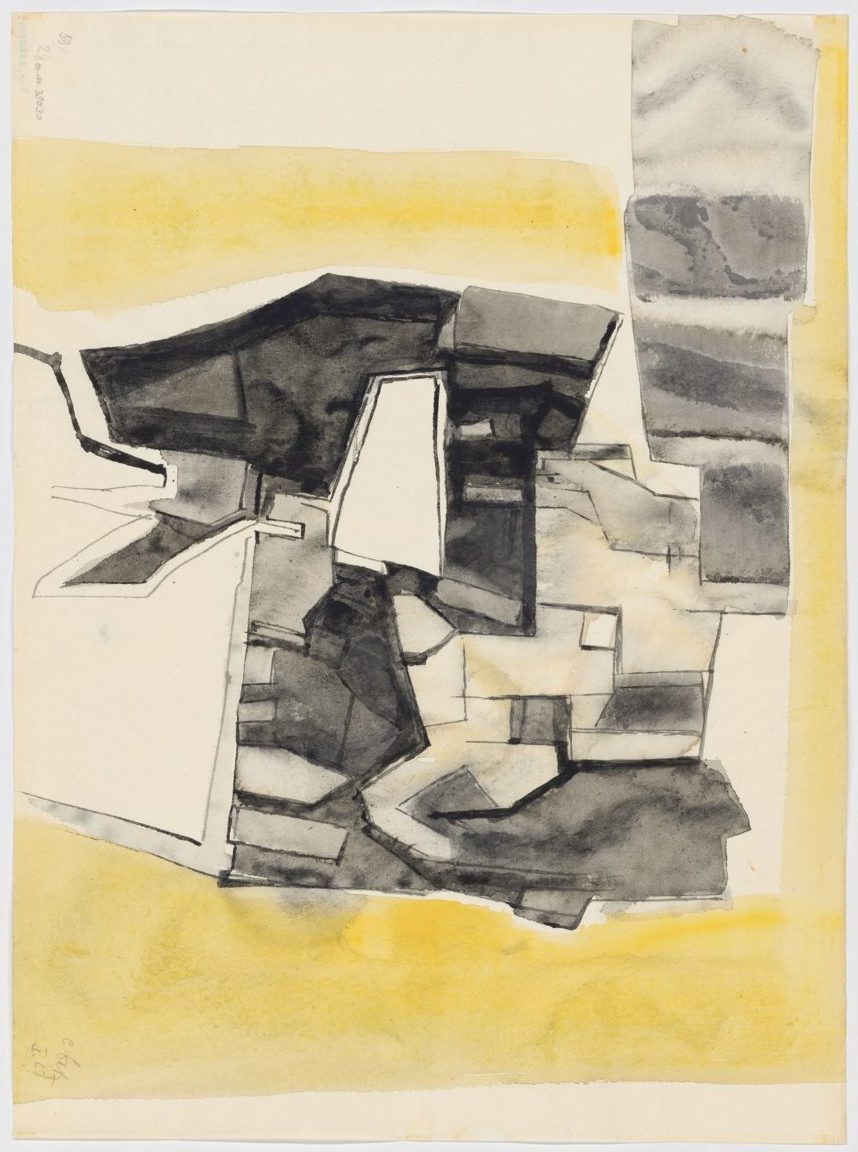
Donation: Paintings and Graphic Works by Eugen Batz Join Our Collection
Collection -
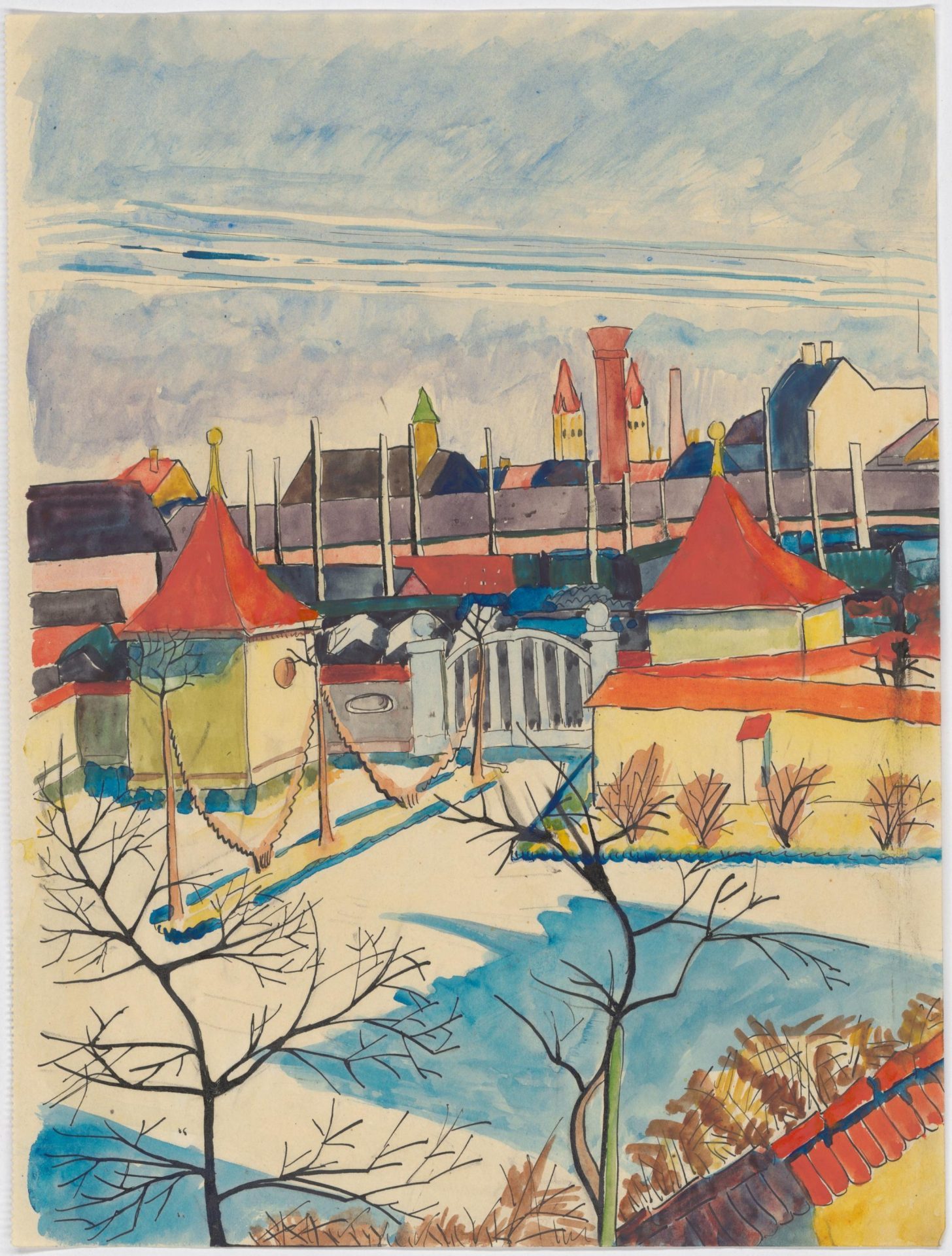
Donation: 81 Drawings by Gunta Stölzl Join Our Collection
Collection

